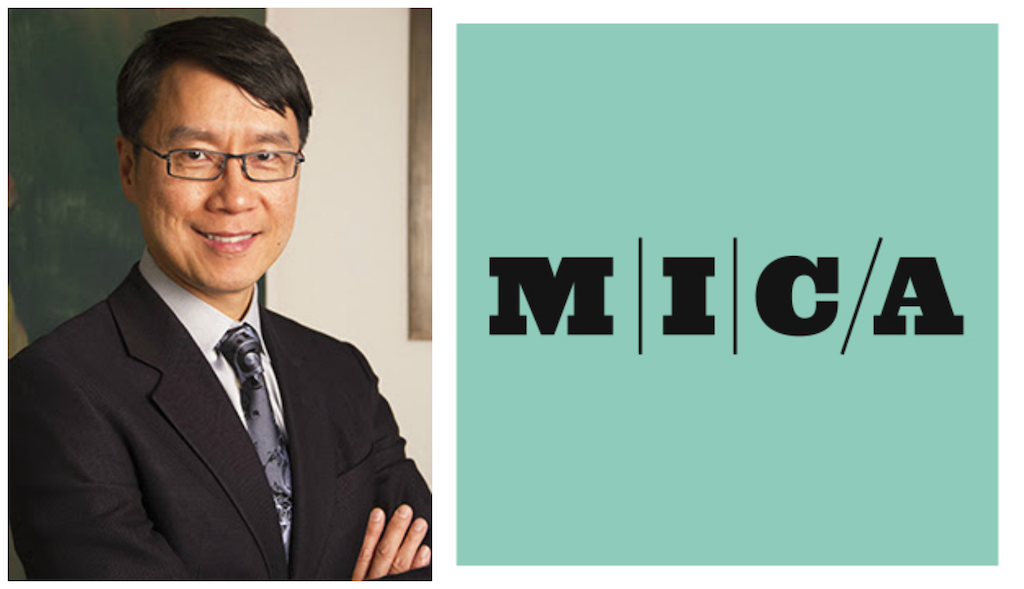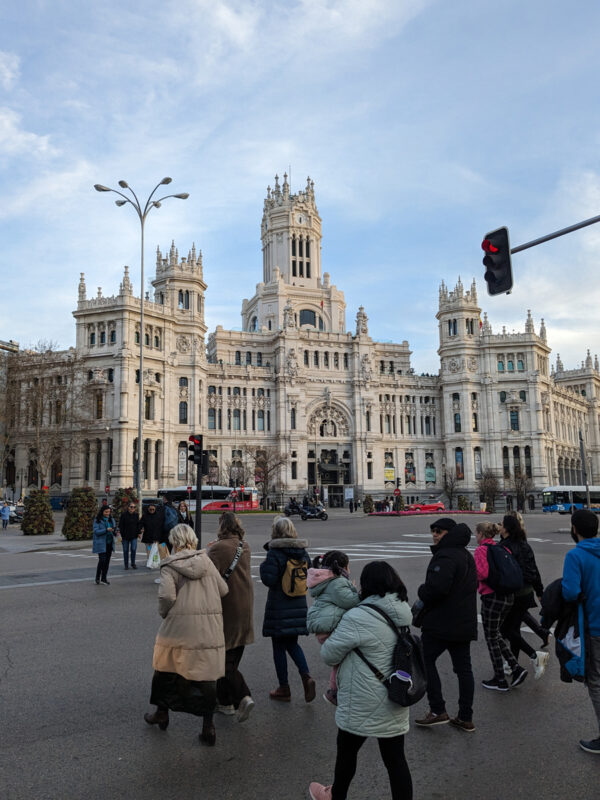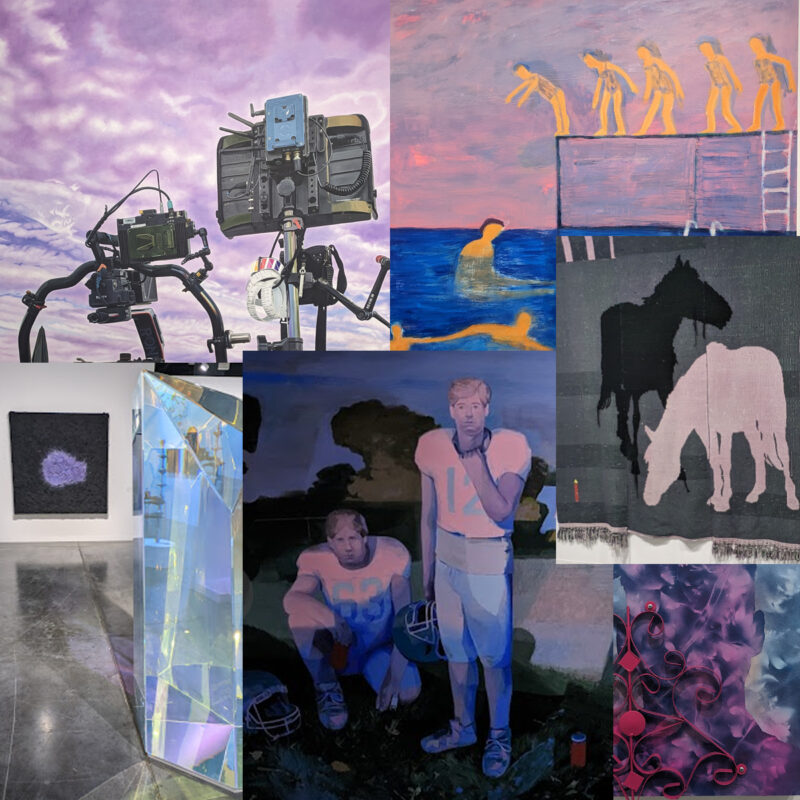On Friday I gave myself the day to explore the Los Angeles Art Book Fair. Organized by Printed Matter and in its second year, LAABF is NYABF’s younger smaller sister. It contained all of the same energy and excitement of the NY version, but was maybe half the size, making the experience more manageable while still being completely overwhelming. Galleries and publishers represented a wide range, from blue chip Gagosian setting up in a private room to hundreds of ‘zine tables arranged in a maze of activity. It was more than enough material to look through, and after spending nearly five hours there, I could have easily gone back and spent another five.
This year Gottlund had his own section at the fair, exhibiting a variety of handmade books, editions and original art hung on the walls. (Due to the crowds, I was only able to photograph half of his section.) The whole exhibit was exceptional. Among the projects, I became enamored with the softcover book The Copier, a collaboration between Gottlund and Suzanna Zak. It contained a collection of images of landscape, architecture, and everyday objects, each with a certain aura, and then each book was individually reworked, with crayon patterns drawn on top of images, pages folded to reveal new correlations, burn marks, smear marks, duplicate inserts. It had a playful quality that seemed to speak to the process of creation, reproduction and appropriation of images, with the inscription reading, “Dedicated to all our friends who roll the dice.”
This year’s big find for me was Peradam press. I bought two of their books, Amanda Friedman’s Because Nothing Ends, and Joshua Abelow’s Painter’s Journal. Friedman’s flipbook documents a trip to Rockaway beach where she throws one of her paintings into the water, the gesture and movement of the work is more than poetic, it is tactile and mesmerizing. The format of the book – a flipbook, rather than a film or video clip, forces the viewer to take part in the destructive action, and allows the viewer to repeat the action, slow it down or speed it up, but ultimately, the painting always ends up in the air, and then crashes into the waves. The action speaks directly but lightly to the relationship of painting, and as we glimpse a few moments of the painter as performer, it also reinforces the mysticism of authorship.
Abelow’s Painter’s Journal is a selection of journal entries from 1998-1999 when the artist had just graduated from RISD and moved to New York as a 22 year old. It was the perfect kind of entertaining read for a plane ride home.
Baltimore was representing with Molly Colleen O’Connell’s Poetry Unlimited, Chloe Maratta’s Rock & Rose, and Paul Short’s Frenemies. I regretfully missed the opportunity for pictures because I was too busy chatting with them. I picked up Paul’s 5 Star Ratings book, which was a collection of reviews of his artist portfolio completed by strangers who he paid 5 dollars each to write comments via Mechanical Turk (Amazon’s crowd sourced labor exchange service). I also picked up the beautiful, moody ‘zine Lurking/Nocturners from Baltimore’s Conor Stechschulte, and I think the booth was Booklyn. I wanted to get a copy of Molly’s stickers (which looked gorgeous) and an issue of Rock & Rose but luckily there is the Prints and Multiples Fair coming up and the great popup space Rock512Devil where I should be able to pick those up.
 Temporary Services had the best signage
Temporary Services had the best signage
 These riso-graph prints were beautiful
These riso-graph prints were beautiful
 There was an exhibition and special zine section dedicated to Queer Zines
There was an exhibition and special zine section dedicated to Queer Zines
Other images and booths at LAABF that drew my attention:


……………………
Culver City




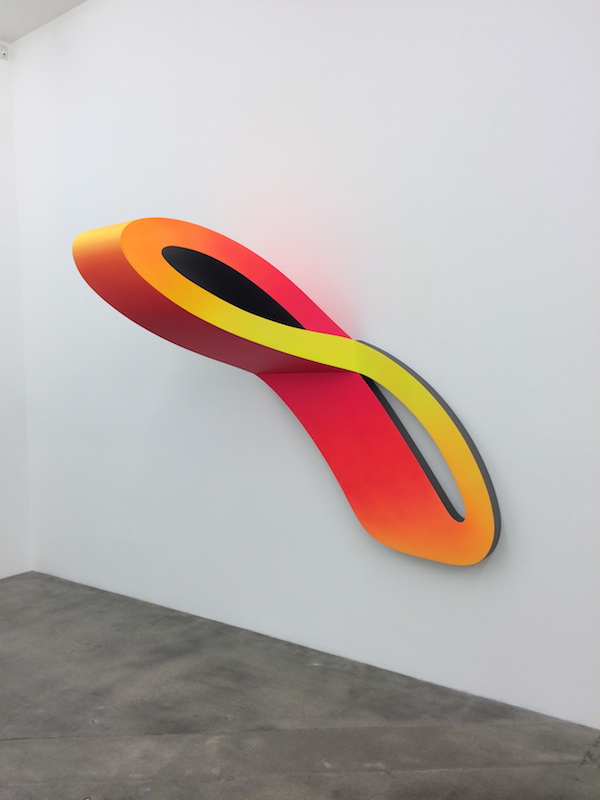


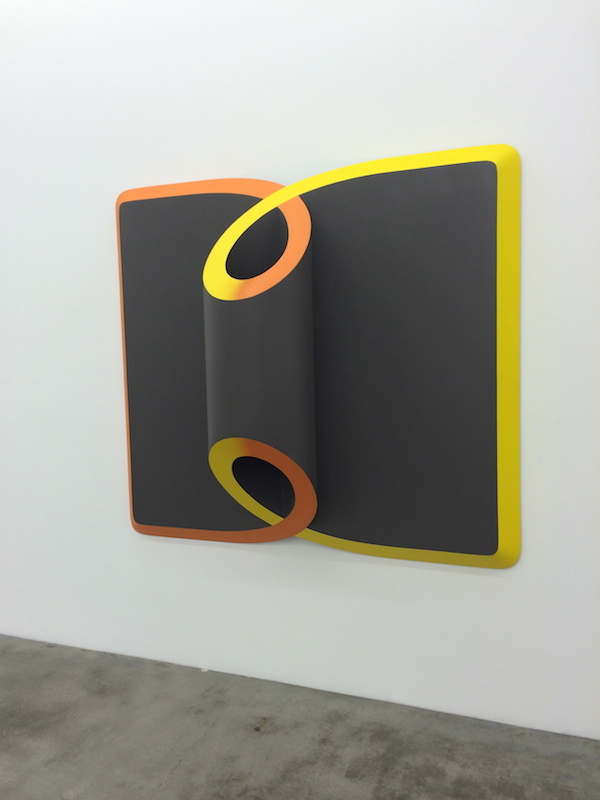
Not knowing very much about LA’s Arts District, I asked a few friends what I should see while I was there. Marcus told me to stop into Blum and Poe and ask for his old boss to give me the tour. My roommate Ryan told me to check out David Kordansky, a gallery he’s been into from the Internet. After a long lunch with a good old friend, I arrived in Culver City around 4:00, with just a little time to explore. I started at Blum and Poe and had a nice derive, wandering into unknown spaces as my phone guided me. On the ground floor of Blum and Poe’s beautifully extensive gallery space was a show by Nobuo Sekine, one of the pioneers of the Mono-ha movement.
The large black sculptures had an indiscernible materiality. I thought maybe they had been made out of porcelain with parts glazed or finished, my friend mentioned he thought they were some kind of obsidian. Research reveals the sculptures to be plastic processed with black carbon.

Upstairs was a mid sized room of sculptures by New York artist Gavin Kenyon.
Pictures do not give this show its justice; the sculptures had a moody presence in the flesh. At first I examine the craftsmanship, which is beautiful. The forms are made by sewing meticulous sacks in a quilted pattern, and pouring concrete or plaster into them, removing the sacks and leaving the residue of thick stitches and a surface layer of dye or fuzz from the cured leather or underside of the vinyl used in the form. Pouring plaster or concrete into bags is a trick I’ve seen so many times walking around student shows, and there is an immediate charm to the alchemy of transforming materials, but these sculptures went much further. As I stood looking at the pieces, trying to unravel the process of their formation, I was forced to stop and feel weird.
Kenyon sculpted forms resembling the iconic arch and column, symbols of power, permanence, culture and refinement, however the fluid filled bags revealed slumping shapes and organic bulges. I thought of bodies and egos, I thought of power and vulnerability, the desire for control and the uncontrollable undoing. He also had a collection of smaller, bodily (and yes phallic) creatures expressing a similar story. The phallic forms and quilted textures introduced gender roles into the conversation as well. The whole show nudged me out of my role as an observer, the forms reached me on a subconscious level and I became a participant in this world considering my own vulnerabilities, aspirations, and the strange foundation surrounding the establishment of society.




* Author Jennifer Coster is an artist living in Baltimore. In 2012 she received an MFA from MICA and founded the publication Print/Collect.
